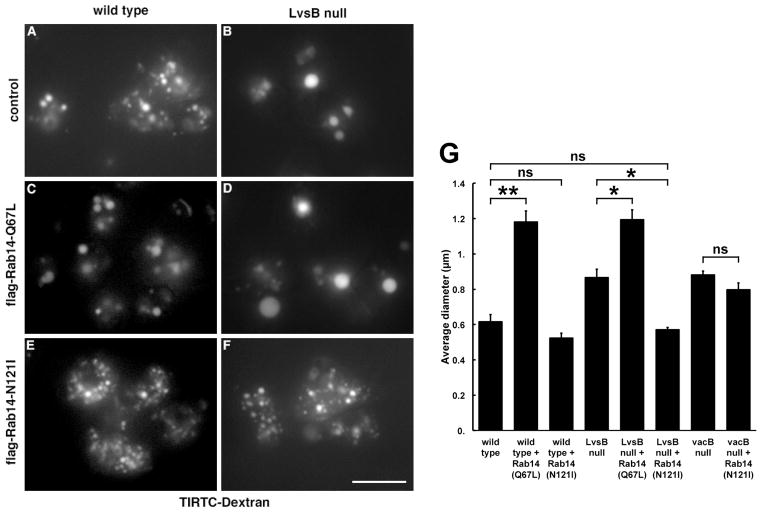Figure 2. Expression of mutant forms of Rab14 alters the endolysosomal morphology of wild-type and LvsB-null cells.
Wild-type and LvsB-null cells were transfected with the plasmid for expression of constitutively active flag-Rab14-(Q67L) or constitutively inactive flag-Rab14-(N121I). (A–F) The endosomal morphology was evaluated by incubating with TRITC-dextran for 1 hour. Untransfected wild-type and LvsB-null cells were used as controls. (G) The size of >30 vesicles/experiment were measured from micrographs similar to those shown in A–F and plotted as the mean +/− SEM (n=3). Statistical significance by two-tailed Student’s t-test is indicated among relevant pairs (ns, not significant, P>0.05; *, P< 0.05; **, P< 0.01). Expression of the active form of Rab14-(Q67L) in wild-type cells (C), resulted in the accumulation of significantly enlarged vesicles. Expression of the active form of Rab14-(Q67L) in the LvsB-null cells (D) also caused a significant enlargement of endosomes compared to the vesicles in the LvsB-null untransfected cell line (B). The expression of inactive Rab14-(N121I) did not cause a significant decrease in the size of labeled endosomes in wild-type cells (E). In contrast, Rab14-(N121I) greatly decreased the size of endosomes in LvsB-null cells (F) to a size similar to those found in wild-type cells (A). (G) The size of Dextran labeled endosomes were also measured in vacuolin B mutant cells with or without expression of Rab14-(N121I). Vacuolin B mutant cells contain enlarged endosomes similar to those seen in LvsB null cells. Expression of Rab14-(N121I) in vacuolin B-null cells did not reduce the size of their endosomes to a wild-type size. Thus, while activation of Rab14 in wild-type cells mimics the phenotype of LvsB-null cells, the inactivation of Rab14 suppresses the phenotype of LvsB-null cells but not that of vacuolin B-null cells. These results suggest an antagonistic relationship between LvsB and Rab14 in controlling endolysosomal vesicle size. Bar, 10μm

